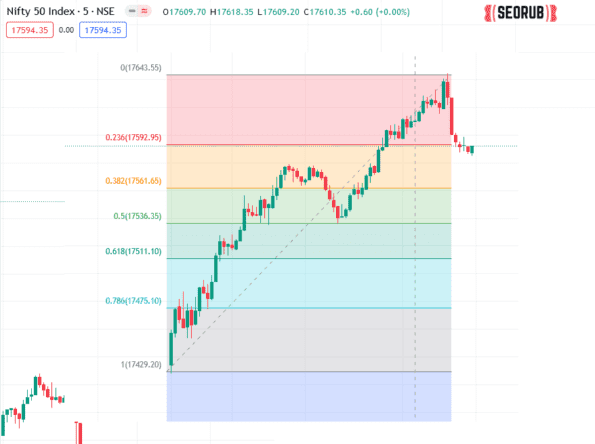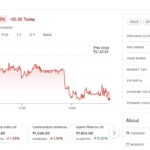Moving averages are a widely used technical analysis tool in financial markets that help traders and investors smooth out price data and identify trends. In this article, we’ll cover the basics of moving averages, how to calculate them, different types of moving averages, and how to use them in trading and investing strategies.
Introduction
Moving averages are a technical indicator that smooth out price data by averaging the closing price of a security over a specified period. By doing so, moving averages help traders and investors identify trends and potential reversals in financial markets. Moving averages are used in a variety of trading and investing strategies, including trend following, momentum trading, and mean reversion.
What is a moving average?
A moving average is a mathematical calculation that averages the price of a security over a specified period. The resulting value is plotted on a chart and used to smooth out price data and identify trends. Moving averages are often used in conjunction with other technical indicators, such as the Relative Strength Index (RSI) or the Moving Average Convergence Divergence (MACD), to generate trading signals.
Simple moving average (SMA)
The simple moving average (SMA) is the most basic type of moving average. It is calculated by adding up the closing price of a security over a specified period and dividing the sum by the number of periods. For example, a 10-period SMA would be calculated by adding up the closing price of the security over the last 10 periods and dividing the sum by 10.

Exponential moving average (EMA)
The exponential moving average (EMA) gives more weight to recent price data than older data. This makes the EMA more responsive to recent price changes and faster to react to trend changes. The formula for calculating the EMA is more complex than the SMA, but it can be easily calculated using most charting software.
Weighted moving average (WMA)
The weighted moving average (WMA) assigns a weight to each price data point based on its position in the period. This means that more recent price data is given a higher weight than older data. The formula for calculating the WMA is similar to that of the EMA, but with a different weight assigned to each data point.
Choosing the right moving average
Choosing the right moving average depends on the trader or investor’s trading style, timeframe, and market conditions. Shorter-term traders may prefer faster moving averages, such as the EMA, while longer-term traders may prefer slower moving averages.





![Mastering Advance Option Chain Tool [AOC]: A Trader’s Key to Success](https://seorub.com/wp-content/uploads/2023/07/A-trader-life-with-advance-option-chain-tool-AOC1-150x150.jpg)
